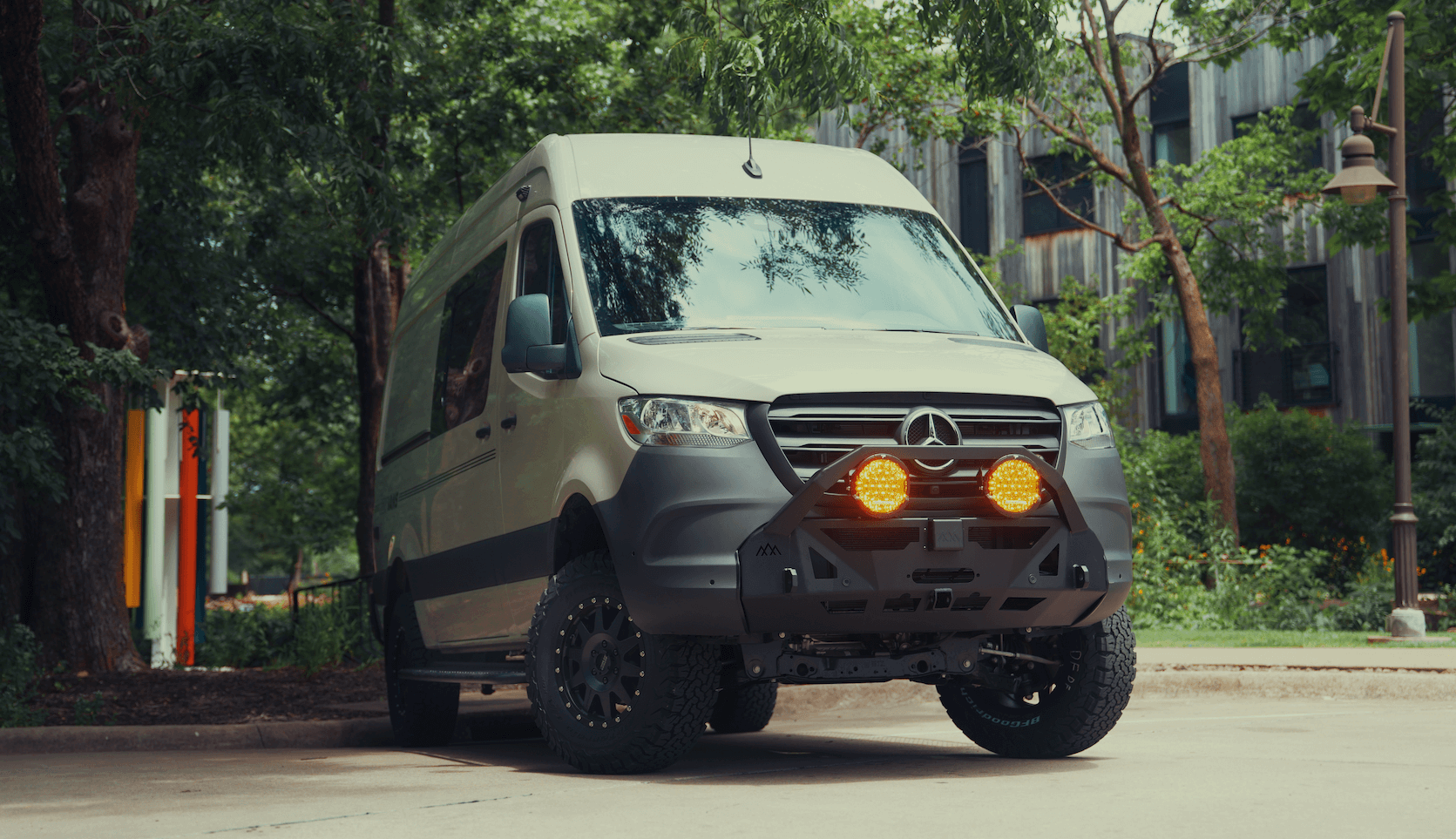Recreational Vans

A reliable power needs calculator begins with a device list. Write down every appliance and gadget you plan to run. Note each item’s watts and the hours you expect to use it in a day. Multiply watts by hours to get daily watt hours for that device. Sum the list to find your total daily energy use.
Keep the math straightforward. Watts equals volts times amps. Watt hours divided by system voltage gives amp hours. For example, a 60 watt fridge that averages ten hours of compressor time uses about 600 watt hours per day. On a 12 volt system that equals roughly 50 amp hours. Repeat this for lights, fans, laptops, router, water pump, and any cooking appliances.
Be sure to separate continuous loads like fridges and routers from short bursts like an induction cooktop or espresso machine. Duty cycle matters. A device that runs ten minutes per hour is a fraction of its listed draw over time. When in doubt, measure actual consumption with a plug in meter for AC or an inline shunt for DC.
Once you know daily energy, size your battery bank. Decide on chemistry and depth of discharge. Lithium iron phosphate offers long cycle life and can routinely use 80 percent of its capacity. AGM lead acid is usually sized at only 50 percent usable to preserve lifespan. Battery capacity in amp hours equals daily watt hours divided by system voltage, then divided by usable fraction.
If your daily usage is 1200 watt hours on a 12 volt lithium system with 80 percent usable, you need about 125 amp hours of usable capacity. Many travelers choose a bank that covers at least one to two days without charging to buffer cloudy weather or idle time. That makes a practical target of 250 to 300 amp hours for the example above.
Solar helps replace daily draw. Use peak sun hours for your region and season. Daily solar energy is panel watts times peak sun hours times a performance factor. Many real world systems land near 65 to 75 percent of nameplate after temperature, angle, wiring, and controller losses. If you need 1200 watt hours per day and expect 4 peak sun hours, a 400 watt array at 70 percent performance produces about 1120 watt hours. Add alternator charging or shore charging to close the gap and add resilience.
Pick an inverter by continuous and surge power. Add up the largest set of simultaneous AC loads, then check appliance surge requirements. Many tools and compressors have two to three times starting current. Pure sine wave is the standard for modern electronics. Efficiency curves vary with load, so aim to run the inverter in its sweet spot rather than idling a massive unit for tiny loads.
Plan multiple charging sources. A dedicated DC to DC charger from the alternator provides dependable energy while driving and protects the vehicle electrical system. Solar is silent and steady when the sun cooperates. Shore power charging adds convenience at home or at a campsite. Match charger amperage to battery chemistry and size. Fast charging is useful on travel days but should respect battery temperature and manufacturer limits.
Safety ties the system together. Size conductors for expected current with acceptable voltage drop. Protect every positive cable within seven inches of the source with a fuse or breaker. Use proper lugs, crimp tools, and strain relief. Keep batteries within their recommended temperature range and never enclose electronics without ventilation.
The math gives you clarity. The right components and clean installation give you confidence. When your energy budget, battery bank, solar array, inverter, and chargers are aligned, the system feels invisible. You simply flip a switch and get on with the day.
If you want a build that respects your numbers and the realities of life on the road, we can help. Our team designs integrated electrical systems that match real usage, climate, and terrain, then installs them with tidy routing, proper protection, and service access. Explore our Recreational vans to see how complete power packages fit into full builds, learn what is possible with a Custom build van, or browse finance friendly options on Mainstream vans.
Strong systems start with a clear plan. Share your device list, your travel style, and your power goals. We will translate that into a quiet, balanced setup that charges fast and just works.
Ready to turn your numbers into a dependable power system built for real travel. Our team designs and installs complete electrical packages that match your usage, your climate, and your route. Tell us how you live on the road and we will deliver a quiet, safe, serviceable setup. Start your build plan now and get a tailored quote.
Ready to turn your numbers into a dependable power system built for real travel. Our team designs and installs complete electrical packages that match your usage, your climate, and your route. Tell us how you live on the road and we will deliver a quiet, safe, serviceable setup. Start your build plan now and get a tailored quote.
ADDRESS:
6159 E Huntsville Rd, Fayetteville, AR 72701
PHONE:
(479) 326-9200
EMAIL:
info@ozkvans.com